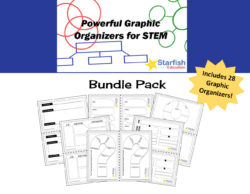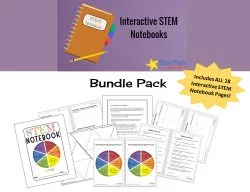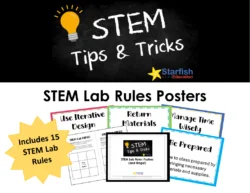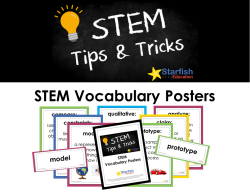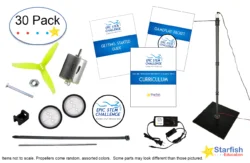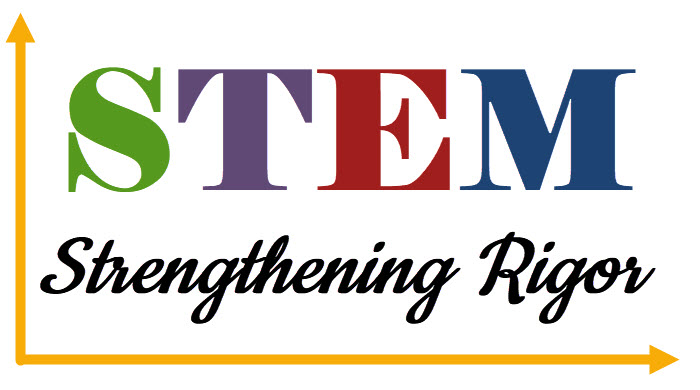
What does rigor look like in a STEM Classroom? Let’s start by looking at what rigor is NOT.
1. Rigor is not more. Just because students are doing more work does not necessarily mean it is rigorous.
2. Rigor is not harder. Just because students struggle to complete an exceptionally difficult assignment does not necessarily mean it is rigorous.
3. Rigor is not standards-alignment. Just because a lesson is standards-aligned does not necessarily mean it is rigorous.
So what is rigor? Rigor means that the lesson/unit/activity challenges students. Could this be a combination of a standards-aligned lesson that requires slightly more work at a higher level? Yes, absolutely, but the intent of rigor is to stretch student thinking, so even something perceptibly easy could be rigorous.
Example: One day you are walking down the street. You accidentally step into a puddle and your socks get wet (yuck). Design a solution to keep your socks dry.
Sounds easy. But is it? Even the simplest scenario can get kids thinking of creative solutions!
How do you Strengthen Rigor in your STEM projects? Here’s a recap of different ways to keep students engaged yet ensure that they are learning and stretching both in content and STEM Skills.
- Defining Rigor
- The Rigor/ Relevance Framework
- Interactive Notebooks
- The Art of Questioning
- Student Portfolios
- Rubrics
- PBL Elements
- Student Choice Boards
By using or reintroducing these strategies into your classroom, students can begin to stretch their thinking and begin to perform in ways that will help them to grow them academically as well as help them achieve mastery and beyond.
Read more about rigor in the classroom: Defining Rigor in the Classroom
Subscribe to Stay Connected!
-
Powerful Graphic Organizers for STEM- Bundle Pack
$16.95 -
Found Objects
$0.00 -
Interactive STEM Notebook- Bundle Pack
$18.95 -
Brown Bag STEM Challenge I – Bundle Pack
$23.95

